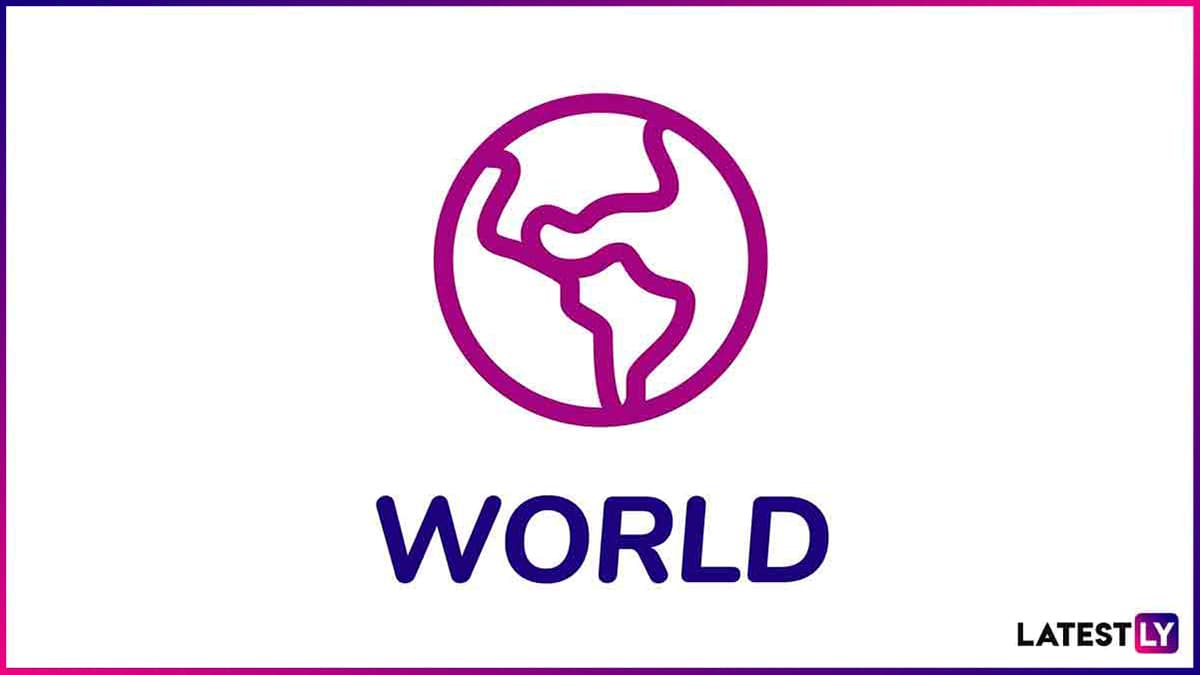By Narayanan V, Krishna Barot & Mukesh Jagota
On the face of it, the rupee's ongoing depreciation – it fell 9 paise to close at a new record low of 85.2 against the dollar on Tuesday - should have come as a shot in the arm for India's labour-intensive exports. The local currency's decline came at an opportune moment, as some of these sectors like textiles-and-clothing were on the cusp of a gradual revival after a prolonged slump. But the reality is much more nuanced: many sectors, including textiles and leather, have significant import content, which somewhat balances out the gains for onward shipments from a weaker local currency. Moreover, since many competing countries, including China, already have an edge over India in terms of economies of scale and costs, with their currencies also falling as much or more than the rupee against the greenback, the gains for India are either tenuous or non-existent in most markets.
K Venkatachalam, chief adviser at the Tamil Nadu Spinning Mills Association, pointed out that while India exports yarn and readymade garments, it also imports significant amounts of cotton and other raw materials in dollar terms. This offsets the benefits of exports, rendering the revenue situation (export realization) neutral even amid the latest bout of rupee depreciation.
“If we start exporting finished goods with Indian raw materials alone, it will be beneficial for exporters, but the current situation is not that,” he says, adding that a major part of the raw materials used in export of yarns, including contamination-free and extra long-staple cotton predominantly comes from the US, Brazil and west Africa. According to industry estimates, around 30-40% of the raw materials used in cotton yarn intended for exports from India typically depend on imports.
The rupee’s fall is the lowest when compared to the currencies of competing countries in Asia such as Korea, China, Indonesia, Philippines and Indonesia. In 2024, the Indian rupee has fallen a little over 2%, while the Chinese yuan has been down 2.7%, Indonesian rupiah 4.5%, Philippine peso 6.5%, and Korean won 12%.
“Exporters are not gaining much,” Ajay Sahai, CEO and director-general at the Federation of Indian Export Organizations (FIEO), says. Prabhu Damodaran, convener of the Coimbatore-based Indian Texpreneurs Federation (ITF), however, says the rupee’s depreciation may have provided a modest advantage, but adds that this may not be a significant growth driver for textile exports.
ITF, which has 500 companies as members, represents the entire textile manufacturing value chain, including standalone spinning firms, weaving units, and apparel and home-textile exporters. Damodaran says while buyers from Europe and America are already seeking long-term industrial partnerships with India, the country lacks the manufacturing scale of China to fully meet even the existing demand. For instance, India's monthly readymade garment exports average at just $1.1 billion compared to China's $13 billion. Even neighboring Bangladesh, despite facing domestic unrest, manages to export three times more than India. In October 2024 alone, it exported $3.3 billion worth of readymade knitwear and woven garments, marking a 22% increase against the same month in 2023. Bangladesh’s domestic challenges have prompted some global buyers to diversify production, presenting India with an opportunity.
“This is a directional change, and our task is to turn it into a structural opportunity,” Damodaran says, adding that Indian companies should utilize the PM Mitra Parks being set up in seven states and focus on greenfield investments to meet global demand. In April-November this fiscal, India’s textile exports reached $23.33 billion, a modest 6% growth over the same period in the previous fiscal. This contrasted with the decline in shipments in FY24. Readymade garments accounted for 42% of exports, followed by cotton yarn and fabric (34%) and manmade yarn (14%) in the first eight months of the current fiscal.
For Gujarat's textile companies, a volatile and weakened rupee could spell opportunity or crisis, depending on which end of the spectrum they are at. Speaking to FE, Ashish P Gujarati, former president of the Southern Gujarat Chamber of Commerce and Industry (SGCCI), states: “With a weak rupee, it is natural that import prices for raw materials such as MMFs and polyester will increase. Importers across Gujarat and the rest of the country may have to grapple with a 2% to 5% increase in raw material imports.”
He notes how high import duties, such as a 20% duty for polyester and other MMFs, already burden importers across the state. “Falling rupee rates have further exacerbated the troubles of importers, who may already be burdened with high import duties and non-tariff barriers. While there is hope of the currency stabilizing within the next two months, textile companies importing raw materials will have to face the brunt.”
Damodaran notes that Bangladesh imports 40 million kg of cotton yarn from India every month. While this volume is expected to continue, he does not foresee a significant windfall in cotton yarn exports due to the rupee’s depreciation. Chandrima Chatterjee, secretary-general at the Confederation of Indian Textile Industry, says: “Depreciation of rupee has helped exports in the past, too, but adjusted for inflation, the gains don't not amount to much.” She underscores that for long-term gains, developing competitiveness and widening the product mix would be crucial for Indian exporters.
Bharat Patel, MD at Ahmedabad-based Ultra Denims, however, says that “for textile exporters like us, it is the perfect opportunity to boost exports to other countries”. He says exports could increase as much as 10%, given the current geopolitical circumstances. Political unrest in Bangladesh could result in approximately 20% growth for textile players, especially ready-to-wear garment producers based in Surat. “If the orders are materialized, Indian textile exporters can benefit immensely in comparison to competitors, especially China, Pakistan and Bangladesh.”
Other sectors of labor-intensive exports, too, have a mixed outlook on short-term gains from the weaker rupee. “The gains will be for orders already booked, and will last three months at the most. For new orders, the buyers will take into account the depreciation and drive down prices,” Pankaj Chadha, chairman of Engineering Export Promotion Council, says.
As for the leather sector, India's competitiveness in overseas markets largely depends on exchange rates, and pricing by competing countries like China, Vietnam, Bangladesh, and Cambodia. Israr Ahmed, director at Chennai-based leather manufacturer Farida Group, says: "Since the dollar is strengthening against all currencies, our competitors are likely to offer similar benefits and pricing.” Nearly 40% value of India’s footwear exports depends on imports, with bovine leather, sole materials, and PU linings being the key items procured from abroad. Within leather exports, the garments segment-with its lesser reliance on imports-stands to benefit the most, followed by the footwear sector. In contrast, the leather goods segment, which heavily depends on imported components like synthetic materials and metal hardware, is likely to gain the least.
Besides exchange rate benefits, India could also gain from shifts in global trade dynamics, and shifting supply chains. "The incoming Donald Trump administration in the US is signaling higher tariffs on China, leading to more inquiries and even businesses moving from China to India," Ahmed says. Additionally, he notes that efforts by the new US president to end the Ukraine war could bring stability to the region, further benefiting exporters. "We expect 2025 to be a remarkable year for Indian leather exporters, driven by the Trump factor and anticipated stability in Europe," he adds.
A cog in the wheels for exporters in general is indeed the (rising) cost of imports, which will likely go up. For crude petroleum, the hit will be the biggest. Other imports like electronics, machinery, parts, intermediate goods, which typically come from China and Southeast Asia, will however be cheaper on a net basis because their currencies have depreciated more, according to analysts. “Exports like petroleum products, electronics, gems and jewelry which are dependent on large-scale imports have a natural hedge,” Sahai reckons.




